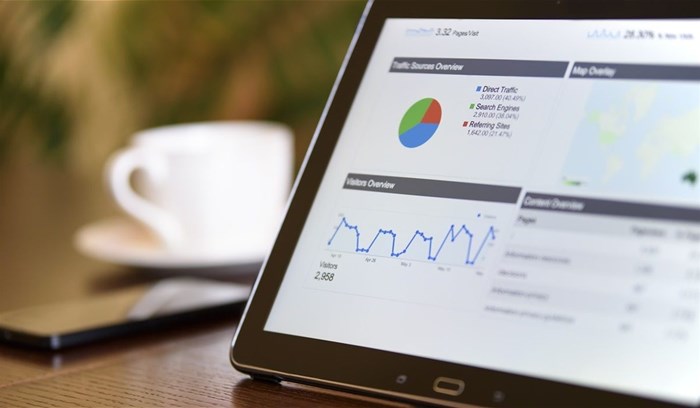
In ‘The guide to capturing the 5G industry digitalisation business potential – a sequel to the ‘5G Business Potential’ report, Ericsson lists 10 industries that will drive growth in addressable revenues from digitalisation. These include agriculture, manufacturing, energy and utilities, public safety, healthcare, public transport, media and entertainment, automotive, financial services and retail. Globally, this growth will equate to an anticipated US$619bn revenue opportunity by 2026.
To capture new market opportunities, operators must be highly competitive within industry digitalisation. The report unveiled that the shift from connectivity provider, to service enabler and now service creator is a stark one. By 2026, estimated potential revenue increase is predicted to range from US$790m for a network developer to US$2.38bn should an operator adapt its business model to become a service enabler and creator.
To enable this shift, operators should consider how to cost-efficiently deploy a high number of use cases, identify what roles to take in the ecosystem or value chain, as well as the relevant go-to-market models.
The cluster approach
The cluster approach is important for sharing risk and reward across use cases and industries. The least challenging clusters to address include monitoring and tracking, hazard and maintenance sensing, and connected vehicle. Other clusters such as real-time automation have large revenue potential but higher barriers to entry. The decision on which cluster to target should be based on operators’ current capabilities and strategic ambitions.
In South Africa, the industry growth potential is being driven by the digitalisation of the manufacturing sector contributing to 18.5% of potential revenues by 2026. This is followed by 16% in energy and utilities, and 12.5% in public safety in the same period. Examining individual clusters, South African operators will see the most revenue potential from real-time automation, which offers a potential of US$390m by 2026.
In fact, real-time automation will experience rapid adoption, at 133% in the next six years (CAGR 130%, 2020 to 2024). Thereafter, Ericsson’s report forecasts slower but steady growth at 21% by 2026 (CAGR 19%, 2024 to 2026). Another revenue potential will come from enhanced video services at US$370m and monitoring and tracking at US$280m.
Digital disruption
Rafiah Ibrahim, head of Ericsson Middle East and Africa, says, “Digital transformation is taking place in almost every industry, disrupting and creating new business models. 5G is an enabler of this transformation. In the Middle East and Africa region, we have already implemented an expanded platform to deliver more efficient network performance and improved network capabilities. This is enabling service providers to capture opportunities from digitisation of industries and from emerging use cases while addressing the explosive traffic growth expected in the 5G evolution.”
Legacy business models and operational structures will have to evolve to survive in a 5G-IoT world. Detailed real-life operator IoT initiatives, describing monetisation structure and business models, show how they can be evolved to 5G and harness maximum industry digitalisation opportunities.
Get the full report.